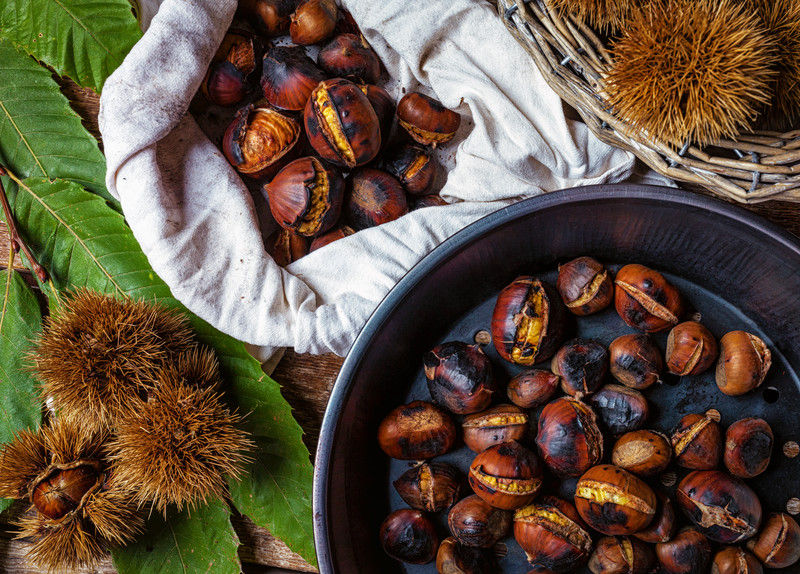The American Chestnut
- Yellowhammer
- Nov 18, 2019
- 3 min read

Everyone has heard “The Christmas Song”. You may not know its title, but you have heard the song. The first verse is “Chestnuts roasting over an open fire…”. This is one of the greatest Christmas songs of all time. But did you ever wonder why something that isn’t common, roasting Chestnuts, is the leading verse in such a popular song? The song was written in 1945 by Bob Wells and Mel Torme. Bob wrote the first four lines of the song on a hot summer day to think about cooler times. Bob lived in Boston as a young boy and remembered that in the fall and winter months he would go to a street vendor and purchase roasted chestnuts in a paper cup as a snack. In the early 1900’s Chestnuts were a common snack in all cities in the eastern United States.
This was due to the fact that the American Chestnut tree was the dominant tree species in the late 1800’s into the early 1900’s. After mother nature got done prototyping all other trees, she made the American Chestnut. It was fast growing, its lumber was straight, it was rot resistant, and the nut was far superior in nutritional value to wildlife than acorns. It was virtually a perfect tree for our eastern woods. Chestnuts were also a huge cash crop that was free for anyone to harvest and take to market. Hogs and beef were fattened on the nut and train cars full of the Chestnut were sent to big cities for people to snack on in the fall. However, in less than 50 years, the Chestnut was obliterated in one of the worst ecological disasters in our country.
The Chestnut was the dominant tree species in the early 1900’s accounting for almost 25% of all species in some areas of the Appalachian Mountains. That changed drastically over the next 50 years when the American Chestnut was all but wiped completely from our forests due to a blight that was inadvertently introduced in 1904. For the last 100 years scientists and researchers have been working to bring back the American Chestnut.
Plantings have started all over the eastern United States to test new trees that have been back crossed to 94% American Chestnut. It has taken decades to get to this point in the restoration, but scientists are getting closer with each generation of tree. It will still be decades before the full results are known but restoring the Chestnut is important to our future.
Not only does the Chestnut provide superior forage for wildlife, it provides greater capacity to store carbon thus slowing the effects of climate change. The American Chestnut does this because it grows much faster than other hardwoods, almost 3 times faster. Another benefit of the American Chestnut is that because the wood would be used for lumber, it would hold the carbon for decades unlike species used for paper. Our forests absorb about 17% of the carbon emitted annually and introducing the Chestnut could increase this number. Reintroducing the American Chestnut is another tool in our toolbox to improve our environment, our forests, and our waterways. It is not a matter of if the Chestnut will be back but when, and when it is back it will be a game changer in our woodlands.

Comments